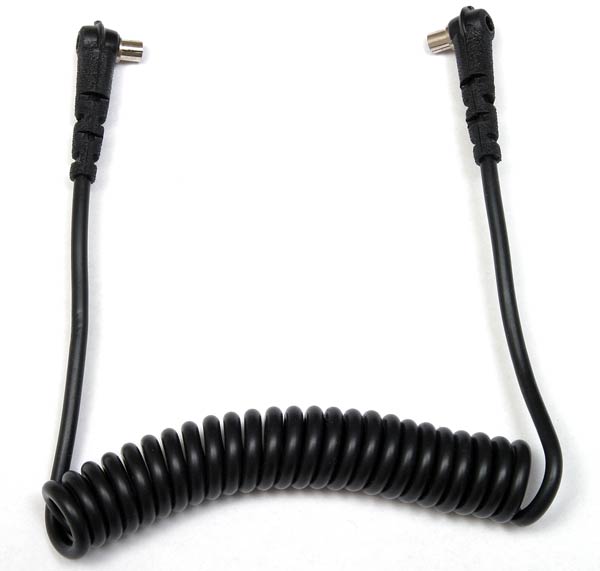The electrodes in the xenon filled tube are connected to the high voltage condensator, charged to several hundred volts (usually 220-400V, as the same tubes are often also marketed for use in grid power devices). This is permanently applied, but as the voltage is below the break-through voltage, the gas acts as a isolator. When the shutter is released, the sync switch in the shutter closes, causing a high voltage (but no significant current) to be applied to a wire (or mesh) mounted alongside the flash tube. This ionizes the gas, dropping the break-through voltage below the applied level, so that that the arc immediately fires. Automatic flash exposure circuitry would then either cut the flash-capacitor connection ("thyristor flash") or quench the residual current remaining in the capacitor, as soon as the sensing electronics register that the right amount of illumination has been reached.



